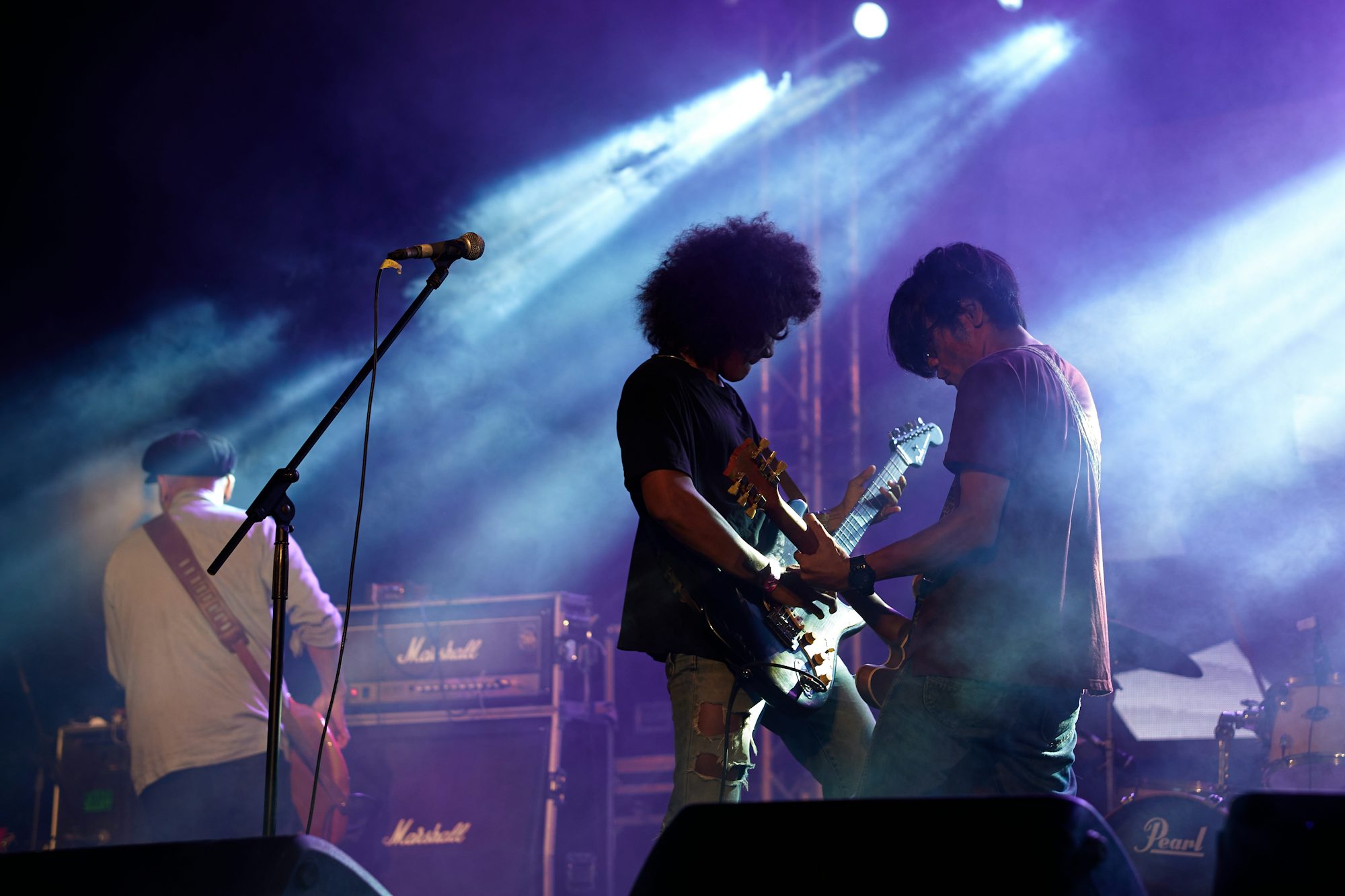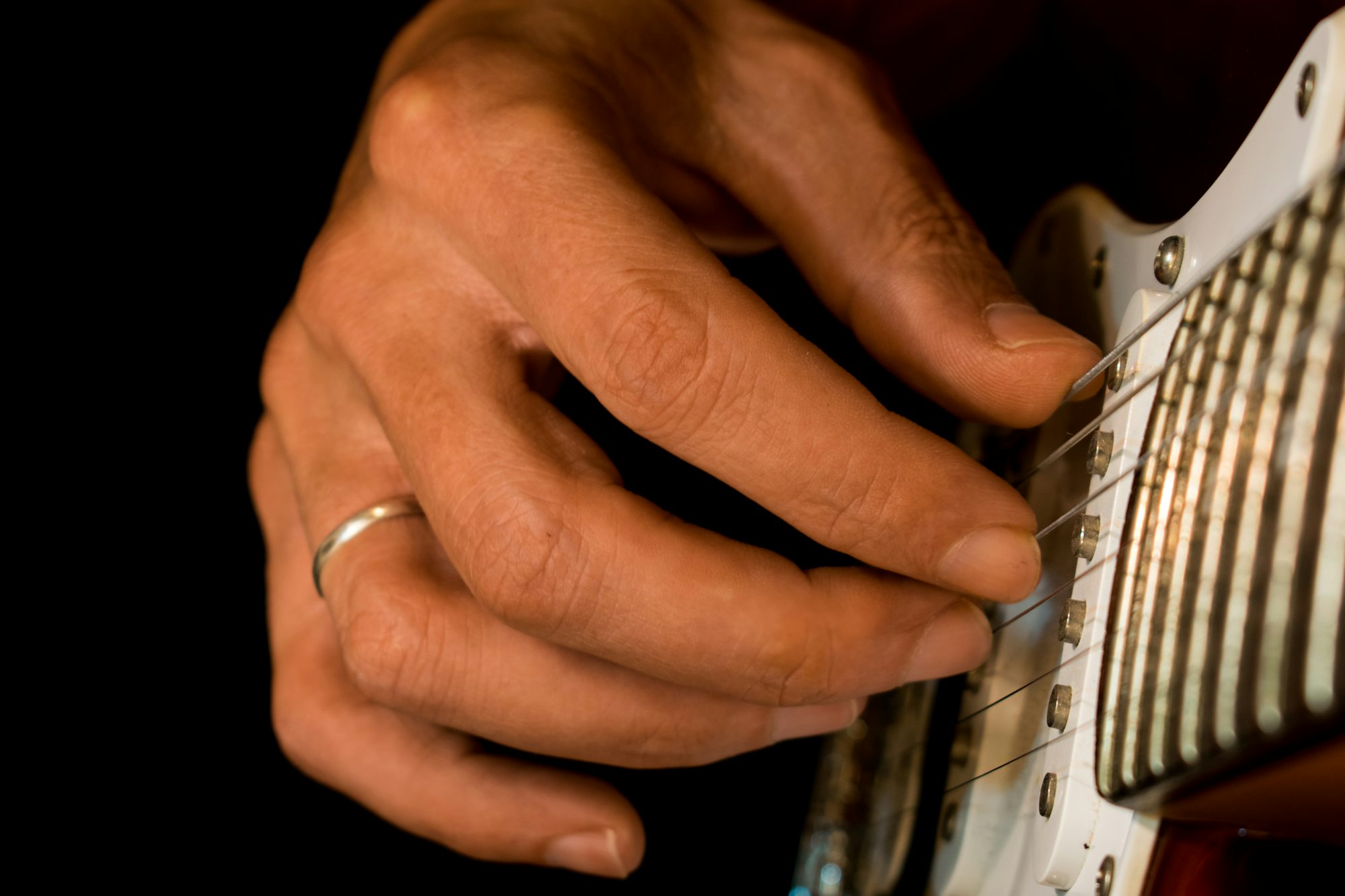The guitar, a versatile and dynamic instrument, has played a pivotal role in the development of music across the globe. From its early origins to its contemporary iterations, guitar music reflects a tapestry of cultural influences and artistic expression. This article explores the evolution of guitar music, its significance in various genres, and the notable artists who have left an indelible mark on the musical landscape.
Historical Overview: The Roots of the Guitar
The guitar’s history can be traced back to ancient civilizations, where stringed instruments such as the lute and the oud laid the groundwork for what we recognize today. In Spain, the guitar began to evolve during the Renaissance and Baroque periods, with the introduction of the vihuela, a predecessor of the modern guitar. Composers like Fernando Sor and Francisco Tárrega emerged during the 19th century, writing pieces that highlighted the guitar’s expressive capabilities. Tárrega’s famous work, “Recuerdos de la Alhambra,” exemplifies the emotional depth and technical skill that can be achieved on the guitar, establishing a foundation for classical guitar repertoire.
The Acoustic Guitar: A Medium for Storytelling
As we moved into the 20th century, the acoustic guitar became a powerful tool for storytelling in folk music. Icons such as Woody Guthrie and Bob Dylan utilized the guitar to deliver poignant messages, often reflecting the social and political climate of their times. Guthrie’s anthem, “This Land Is Your Land,” resonated with a generation seeking connection and change, while Dylan’s songs, including “Blowin’ in the Wind,” harnessed the acoustic guitar’s simplicity to address complex societal issues. The acoustic guitar’s ability to convey heartfelt narratives has made it a beloved instrument for singer-songwriters across generations, creating a lasting legacy in folk and popular music.
The Electric Guitar: Revolutionizing Sound
The introduction of the electric guitar in the mid-20th century marked a seismic shift in the music industry. This new iteration provided musicians with the ability to produce louder sounds and experiment with a range of effects, leading to the birth of rock and roll. Legends such as Chuck Berry and Elvis Presley were instrumental in this transformation, using the electric guitar to create infectious rhythms and memorable melodies. The 1960s brought a wave of innovation with bands like The Beatles and The Rolling Stones, who used electric guitars to redefine popular music. Jimi Hendrix, in particular, emerged as a revolutionary figure, known for his innovative playing style and the incorporation of feedback and distortion. His performance of “The Star-Spangled Banner” at Woodstock remains a defining moment in music history, illustrating the electric guitar’s power to evoke emotion and challenge conventions.
The Blues: A Deeply Rooted Tradition
Blues guitar has its roots in African American history, expressing deep feelings and experiences through soulful melodies. Influential artists like B.B. King and Robert Johnson shaped the genre, each bringing their unique style and storytelling ability to the forefront. King’s expressive vibrato and sophisticated phrasing made songs like “The Thrill Is Gone” timeless, while Johnson’s haunting track “Cross Road Blues” serves as a testament to the struggles and triumphs of his life. The blues guitar is more than just a musical style; it represents a profound narrative tradition that continues to resonate with listeners today.
Jazz Guitar: The Art of Improvisation
Jazz guitar showcases the instrument’s versatility and creativity, with improvisation being its heart. Pioneers such as Django Reinhardt and Wes Montgomery expanded the boundaries of jazz guitar playing. Reinhardt, known for his virtuosic gypsy jazz style, developed innovative techniques despite physical limitations, while Montgomery’s use of octaves and thumb-picking techniques set new standards for jazz guitarists. The genre thrives on spontaneity, allowing guitarists to express their individuality in every performance. Today, jazz guitar continues to evolve, blending influences from various styles and inspiring new generations of musicians.
Flamenco Guitar: A Passionate Heritage
Flamenco guitar is deeply intertwined with the cultural identity of Spain, characterized by its intricate rhythms and emotive melodies. Artists like Paco de Lucía have brought flamenco to global prominence, showcasing the guitar’s ability to convey passion and cultural stories. Lucía’s compositions, such as “Entre Dos Aguas,” highlight the technical prowess and expressive range of flamenco guitar. The genre’s focus on improvisation and personal expression allows musicians to connect deeply with their heritage, making flamenco a vital part of the global music scene.
Contemporary Fingerstyle: A Modern Approach
In recent years, contemporary fingerstyle guitar has gained popularity, characterized by innovative techniques that expand the instrument’s capabilities. Artists like Tommy Emmanuel and Andy McKee have pioneered new methods, intertwining melody, harmony, and rhythm in their performances. Emmanuel’s piece “Angelina” exemplifies the beauty of fingerstyle guitar, while McKee’s “Drifting” showcases percussive techniques that create lush soundscapes. This modern approach continues to inspire guitarists, encouraging them to explore new horizons and redefine the possibilities of the instrument.
Global Influences: The Guitar in World Music
The guitar’s influence extends far beyond Western music, resonating within diverse cultural contexts worldwide. In Brazil, the guitar plays a central role in genres like bossa nova and samba, where artists such as João Gilberto have blended jazz with Brazilian rhythms to create captivating sounds. The adaptability of the guitar allows it to transcend cultural boundaries, fostering connections among musicians from different backgrounds. Similarly, styles from around the world, such as the sitar in Indian classical music or the koto in Japanese music, demonstrate the guitar’s global appeal and versatility, reinforcing its status as a universal instrument.
The Future of Guitar Music: Innovations Ahead
As we look to the future, the evolution of guitar music shows great promise. Emerging artists are continually exploring new sounds, techniques, and genres, utilizing technology to enhance their creativity. Bands like Radiohead and Sonic Youth have pushed the boundaries of what is possible with the guitar, experimenting with effects, tunings, and songwriting approaches. Radiohead’s atmospheric compositions illustrate the guitar’s ability to create intricate soundscapes, while Sonic Youth’s unconventional methods have redefined alternative rock. This spirit of innovation ensures that the guitar will continue to play a vital role in shaping the musical landscape.
Conclusion: The Enduring Legacy of Guitar Music
In conclusion, the guitar’s journey through history is a testament to its versatility, cultural significance, and capacity for artistic expression. From classical compositions to the electrifying sounds of rock and jazz, the guitar has influenced countless genres and continues to inspire musicians around the world. Each style contributes to the rich narrative of guitar music, showcasing the creativity and talent of artists through the ages. As we celebrate this remarkable instrument, we look forward to the future, excited to see how the guitar will continue to evolve and inspire generations to come.


